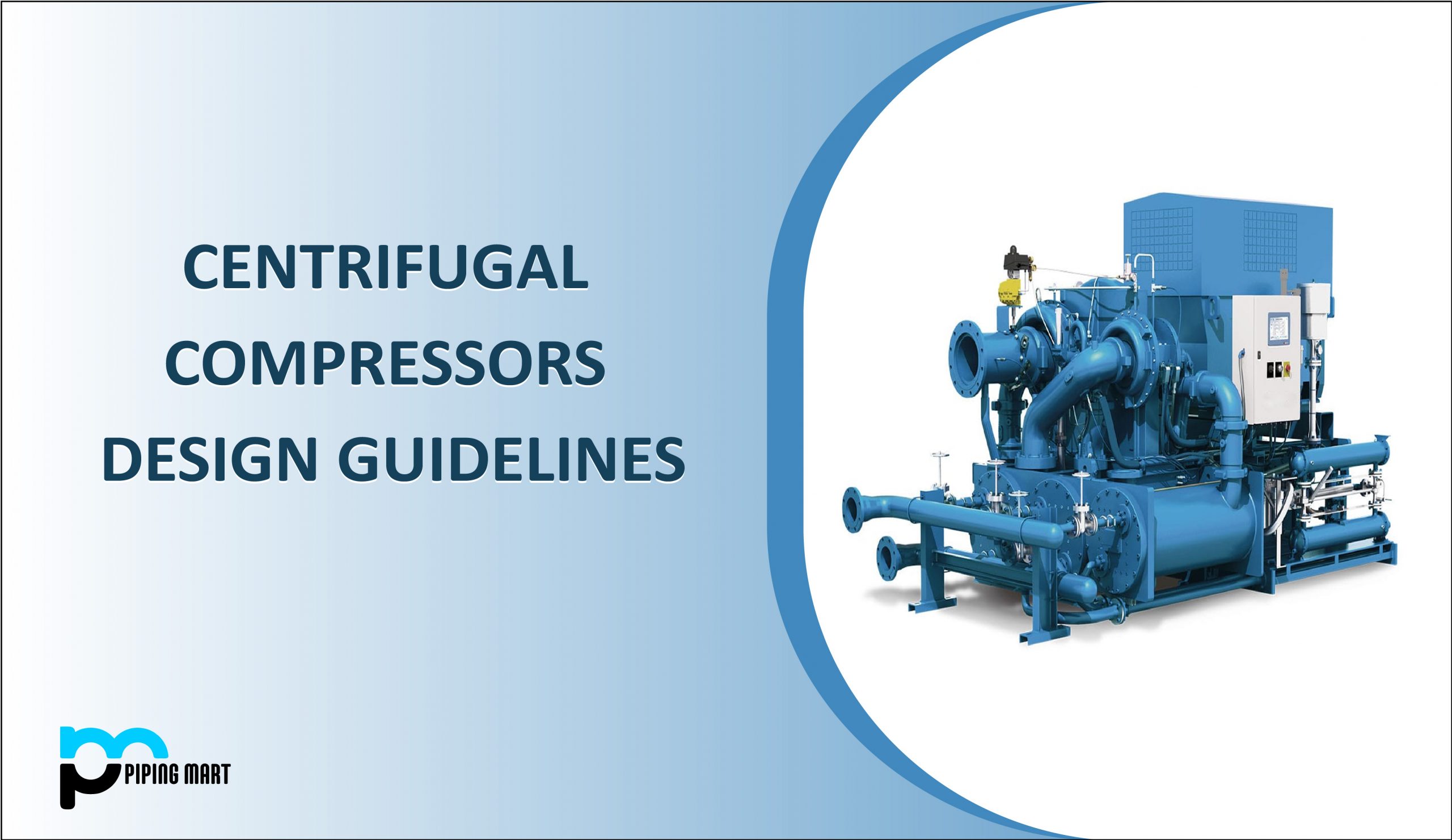Valves are a crucial part of any oil and gas system. They control the flow of various substances through pipelines and minimize leaks and hazards. But with so many different types of valves to choose from, how do you know which one is right for your oil and gas application? In this blog post, we’ll discuss and explore the common types of valves used in the oil and gas industry.
Ball Valve
Ball valves are commonly used in oil and gas because of their simple design and reliability. They have a spherical closure unit that rotates to allow flow and stop it. The valve is closed when the ball is rotated 90 degrees after fitting into two sealing rings. Ball valves can handle high pressures and are ideal for applications requiring fast-acting valves. They are typically made of materials like stainless steel and brass.
Gate Valve
Gate valves are designed for full or no flow when fully open or closed. They are larger valves that require more force than others and are not suited for continuous operation. They have a disc that moves perpendicular to the flow path and slides across the valve to open or close it. These valves are commonly used in applications that require a full bore flow, such as crude oil and gas pipelines.
Globe Valve
Globe valves are widely used in the oil and gas industry. They are operated by a spindle that moves a disc up and down to control the flow of the fluid. Globe valves are versatile and provide good throttling control, making them suitable for regulating flow rates. They are used in applications such as steam systems, air and water cooling systems.
Check Valve
Check valves are known as non-return or one-way valves because they allow flow in only one direction and block it in the opposite direction. They are typically installed in pipelines to prevent flow reversal, which can cause damage to the pipeline or equipment. Check valves are commonly used in applications that require high pressure and temperature, such as oil and gas production and refining.
Butterfly Valve
Butterfly valves are commonly used in pipeline systems that require low-pressure drop and have a compact design compared to other valves. They are operated by rotating a disc inside the valve body that regulates flow rate and pressure. The valve is closed when the disc is at a right angle to the flow path and fully open when the disc is parallel to the flow path. Butterfly valves are used in water treatment plants, gas and oil pipelines, and air conditioning systems.
Conclusion
The oil and gas industry requires reliable and efficient valve systems for handling different fluids and gases. The choice of valve depends on the application, pipeline size, pressure, temperature, and other specific factors. From ball valves to butterfly valves, each type of valve has specific features, benefits, and limitations, making it crucial to select the right type for the application to avoid any disruption or accidents. In summary, understanding the types of valves and their applications is crucial for efficient oil and gas systems.

Hey, I’m Krutik, a casual blogger expert in the metal industry. I am passionate about providing valuable information to my readers. With a background in engineering and construction, I like playing Cricket & watching Netflix shows in my free time. Thank you for visiting my blog, and I hope you find my information helpful!




